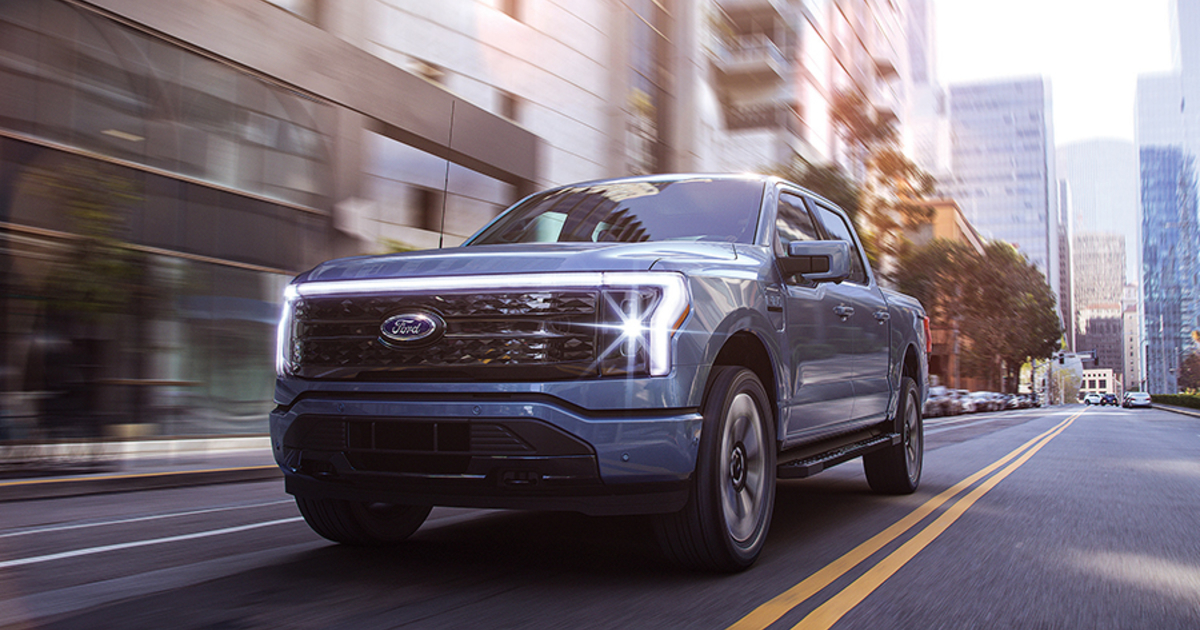
When National Auto Care developed its portfolio of finance-and-insurance products for electric vehicles, it made sense to build simplicity into the new coverage offerings.
National Auto Care CEO Tony Wanderon told Automotive News his company’s recently announced EV coverage line is designed to address the sophistication gap between internal combustion engine vehicles and EVs.
The electronics on a Tesla or Ford F-150 Lightning are more complex than a gasoline-powered Honda Civic, requiring services that address that sophistication.
“An EV in my mind is a driving computer,” Wanderon said. “In covering more electronics and replacement-type items and repair, we are bringing real value propositions that are a little outside what others offer.”
The component complexity raises questions about the value-based classes offered in the new line.
Repair costs on current electric vehicles can reach heights rarely seen in gasoline-powered vehicles, with much of the costs attributable to the electronics under the hood.
“We don’t really, in most cases, pay $10,000 to $15,000 to replace an engine unless it’s a high-performance vehicle, but that’s pretty standard on every EV product out there,” Wanderon said. “There’s a lot of risk to a consumer, and there’s a lot of opportunity for a dealer to market the right product to the customer.”
National Auto Care has more than 20 classes of products for internal combustion vehicles.
There are just four classes of F&I coverage for EVs — based almost entirely on new-vehicle MSRP and the used-vehicle sales price.
“To me, it was easier to look at MSRP versus complexity of the vehicle,” Wanderon said. “Because the more complex — the more expensive and the longer the term.”
New classes of coverage include Supercharged for vehicles priced from $45,000 to more than $110,000 and Recharged for used EVs priced from under $35,000 to more than $90,000.
Some hybrid vehicles are included in the new coverage model as well, Wanderon said, depending on the type of hybrid.
As the company moves forward, reducing the number of coverage classes is a way to simplify the complexity of traditional plans.
“I think it’s really kind of learning from the past and trying to take old habits and put them away,” Wanderon said.
“It’s easier to tell the customer what you have and what you’re offering and there doesn’t have to be 50 different iterations of it.”
National Auto Care is preparing for rapid growth in the EV market over the next decade and, with that, the simplified structure for covering EVs could change.
For now, keeping it simple is best because there’s not enough data on the market to predict everything that could happen, Wanderon said.
“If we’re seeing the pricing matrix we put together isn’t working as well, we’ll make adjustments,” he said.
A recent study by Boston Consulting Group shows 59 percent of all new vehicles sold worldwide will be battery-electric powered by 2035.
“It’s not going to be a large volume producer, but we wanted to get ahead of it,” Wanderon said.
Dealer feedback has been positive so far, he added. National Auto Care hopes to complete its product rollout to existing partners by early October and will then begin pitching to prospective partners.